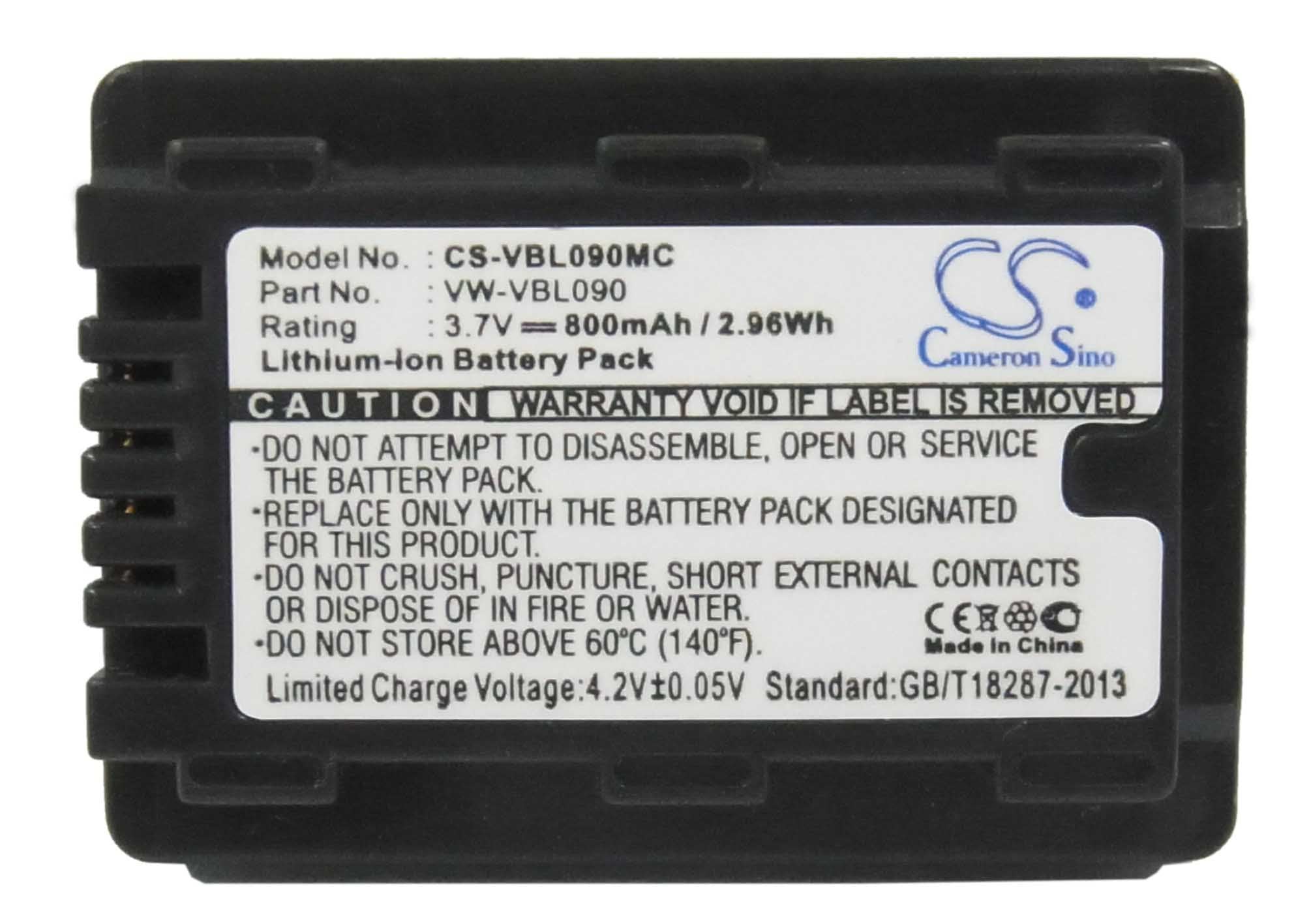

Instead of the information icon that is found on some of the other Panasonic models - which explains some of the more complicated jargon and options found in the menus when the user taps on it - an explanation of the highlighted feature is automatically scrolled along the bottom of the screen. Per Panasonic’s typical setup, the menus are broken down into record setup, picture setup, camera set up (for options like date, time, display brightness, etc.), and media select (since this model can record on either built-in or card storage). They’re quite small and hardly raised, so using them isn’t terribly comfortable either, but the touchscreen probably would have been worse. That being said, I don’t think Panasonic implemented the most graceful alternative, providing users with a four-way directional pad with miniscule buttons in addition to Enter and Menu buttons. Though the TM40 does not sport a touchscreen, I think this is probably for the best as the 2.7-inch screen would probably be a little small to comfortably use touchscreen controls. It’s nothing major, it’s just a little bit of a hassle to have to reach around with your other hand to flip the tiny switch. I can sort of flip it with my pinky, but not comfortably since it has some resistance when being pushed up or down.
#Hdc sd40 manual
The manual lens cover is probably the only exception, the switch for which not only feels a bit antiquated, but is also miniscule and located in an inconvenient position near the front of the camera on the edge of the lens frame. The buttons and controls are, for the most part, well-placed and within reach the record button on the back can be easily pressed with your thumb, and the zoom can be adjusted with your fingers that rest on the top of the camera. It’s very compact and lightweight, with a slight curvature in the frame on the right side where your hand slips under the Velcro strap. Ports for mini HDMI, USB, AV, and SD cards are also found here.įor someone like me - in other words, someone with miniscule hands - the form factor of the TM40 is a dream. The rest of the controls are found on the left side behind the flip-out 2.7-inch LCD screen, including switches for Intelligent Auto/manual, OIS, light/delete, and power.

The right side of the camera is devoid of any buttons or features, save for the DC in and Velcro hand strap, while the bottom only features a quarter-inch tripod mount. On the front, of course, is the lens, which has a manual shutter (the switch is located on the right side towards the front of the camera), along with the built-in microphone and light.
#Hdc sd40 driver
Using a backup driver system helps you to rollback any driver to the previous version if a problem arises.The setup of the buttons and controls are pretty standard and sensible, with the record button located on the back end of the camera (along with the battery) and with the zoom controls, quick photo button, and playback/shoot switch located on the top of the camera.
#Hdc sd40 drivers
A good driver update service ensure that you have current compatible drivers and builds a backup of all current drivers before making any changes. There is a lot of work involved in updating device drivers, so we strongly suggest downloading and installing a driver update utility.
#Hdc sd40 software
An improper driver download can lead to issues with software and harm the functionality of the computer.
#Hdc sd40 full
While finding, downloading, and manually updating your Full HD Camcorder HDC-SD40 drivers takes a lot of time, the process can also be confusing. The excellent thing is that even though your HD Camcorder problem persists, you can fix it by installing the updated driver.įinding the correct HD Camcorder driver directly on the manufacturer's website for your hardware might seem futile. Drivers can be stably reliable, but there are cases in which they suddenly stop working unexpectedly. Complications of Maintaining Driversįull HD Camcorder HDC-SD40 errors may be linked to system drivers that are corrupt or obsolete. Mainly, users avoid updating HDC-SD40 drivers because they don't want to risk screwing up their hardware.


 0 kommentar(er)
0 kommentar(er)
